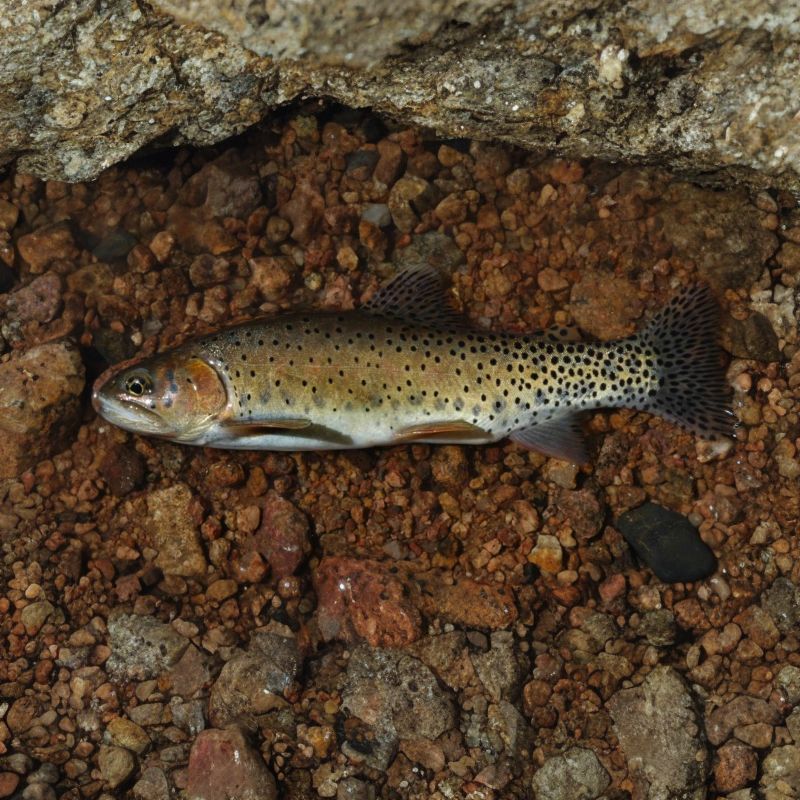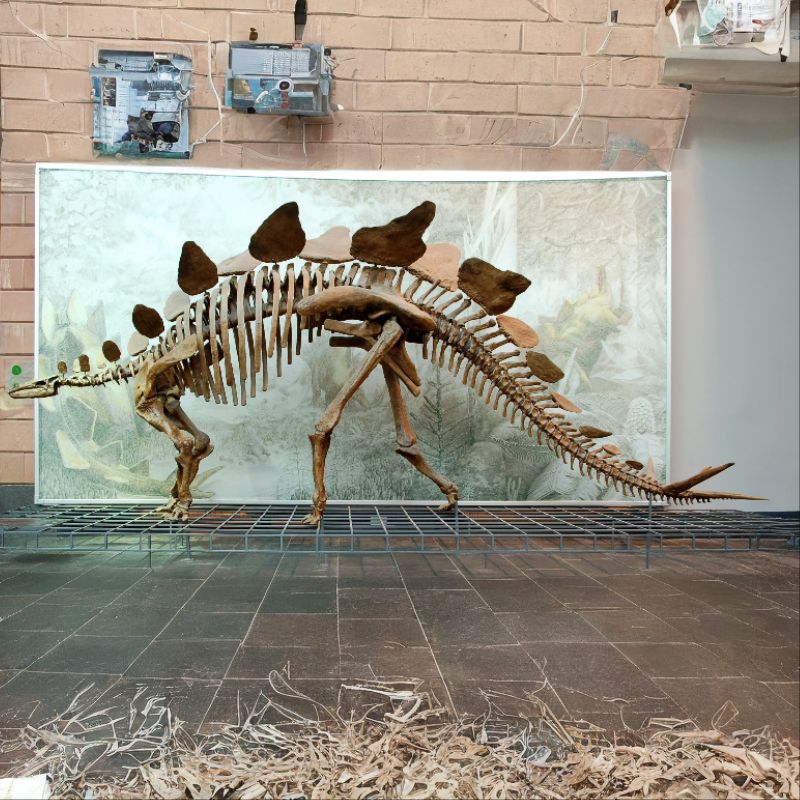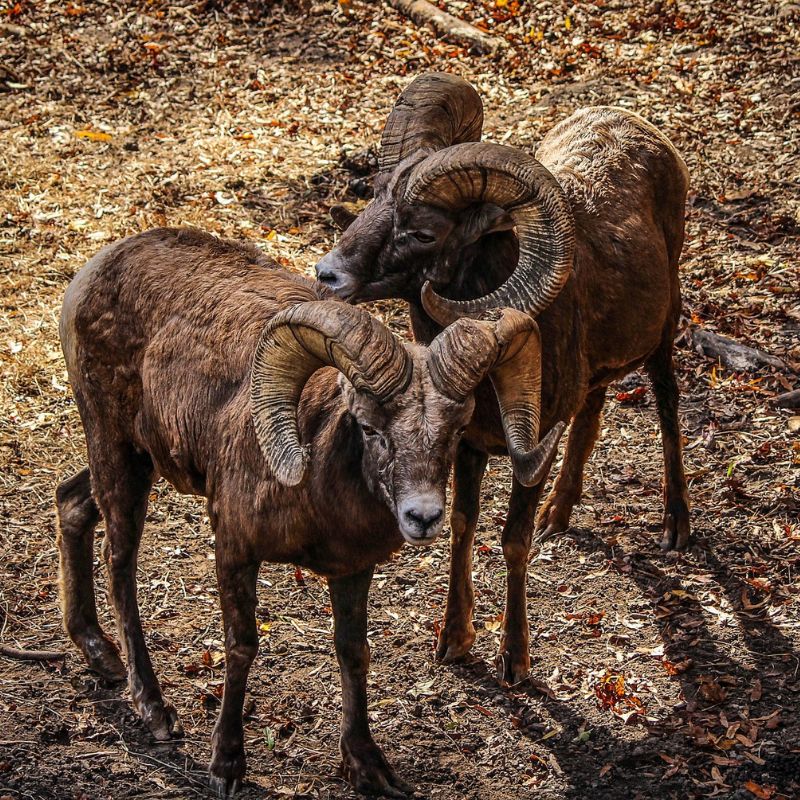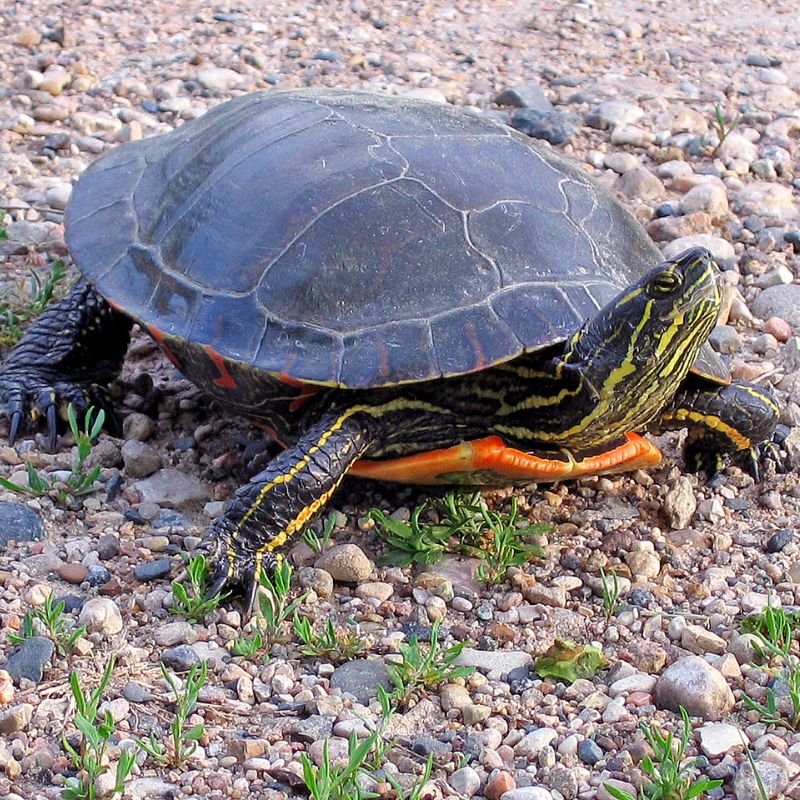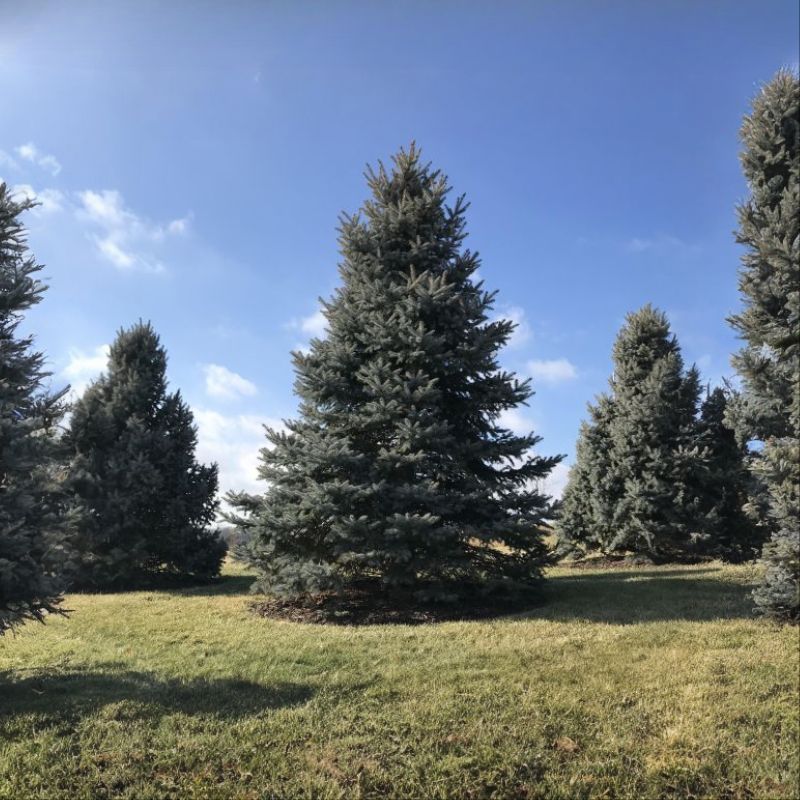Explore the Fascinating History of Colorado
Take our Colorado Trivia Quizzes for a Chance to Win a 6-Month Subscription to History By Mail!

The History of Colorado
Journey Through Colorado Trivia
Welcome to our Colorado History and Trivia Page, proudly presented by History By Mail. Join us as we embark on an enriching journey through the captivating past and cultural tapestry of the Centennial State. From ancient civilizations to the pioneer era and the modern age, we'll explore Colorado's hidden gems and challenge your knowledge with entertaining Colorado trivia questions, including trivia Colorado Springs.
Colorado, famously known as the Centennial State, boasts a remarkable history and diverse heritage. From the indigenous peoples who have called this region home for millennia to the intrepid explorers who ventured into the untamed wilderness, Colorado holds a captivating legacy. With majestic peaks like those of the Rocky Mountains, awe-inspiring canyons exemplified by Mesa Verde National Park, and vibrant cities such as Denver and Boulder, Colorado showcases natural wonders, cultural landmarks, and a pioneering spirit that has profoundly shaped its character. Join us as we delve into the intriguing history and trivia of Colorado, including Colorado Springs trivia, to uncover the rich heritage of this remarkable state.
The State of Alabama is an enchanting place with a storied history and a unique blend of cultures. From its indigenous peoples and early European explorers to pivotal moments in the Civil Rights Movement and the birth of iconic musicians, Alabama has left an indelible mark on the tapestry of American history. Today, the state boasts breathtaking natural landscapes, thriving cities, and warm-hearted inhabitants.
Facts About Colorado
State Abbreviation: CO
Capital: Denver
Name Origin: Spanish explorers named the river that ran through the area Colorado, meaning "colored red," for its muddy, red hue. It eventually became the name of the territory.
Nickname: Centennial State
Statehood: August 1, 1876 (38th State)
State Motto: Nil sine Numine (Nothing without Providence)
Colorado's Flag
The Colorado state flag, officially adopted in 1911, features a distinct and meaningful design that represents the spirit and heritage of the Centennial State. Against a field of deep blue, a large letter "C" in white is displayed in the upper left corner, symbolizing Colorado's name and its association with the Rocky Mountains. Inside the letter "C," there is a vibrant golden disk, representing the state's abundant sunshine and its historical connection to the gold rush.
Surrounding the letter "C" and the golden disk, there are horizontal stripes in white and red. The white stripe above signifies the snow-capped peaks of the mountains, while the red stripe below represents the rich earth and fertile soil of Colorado. Together, these colors and elements encapsulate the state's natural beauty, rugged terrain, and agricultural significance.
Colorado's Great Seal
The 1877 official state seal of Colorado features a circular design that captures the state's essence. It includes a heraldic shield divided into two parts: the upper portion showcases three snow-capped mountains, representing Colorado's majestic landscapes, while the lower portion displays a miner's pick and hammer, symbolizing its rich mining heritage. Above the shield, an eye of God signifies divine guidance, flanked by a bundle of rods and an ax, ancient symbols of authority. Below, the state motto "Nil Sine Numine" ("Nothing Without Providence") emphasizes Colorado's belief in fate and providence.
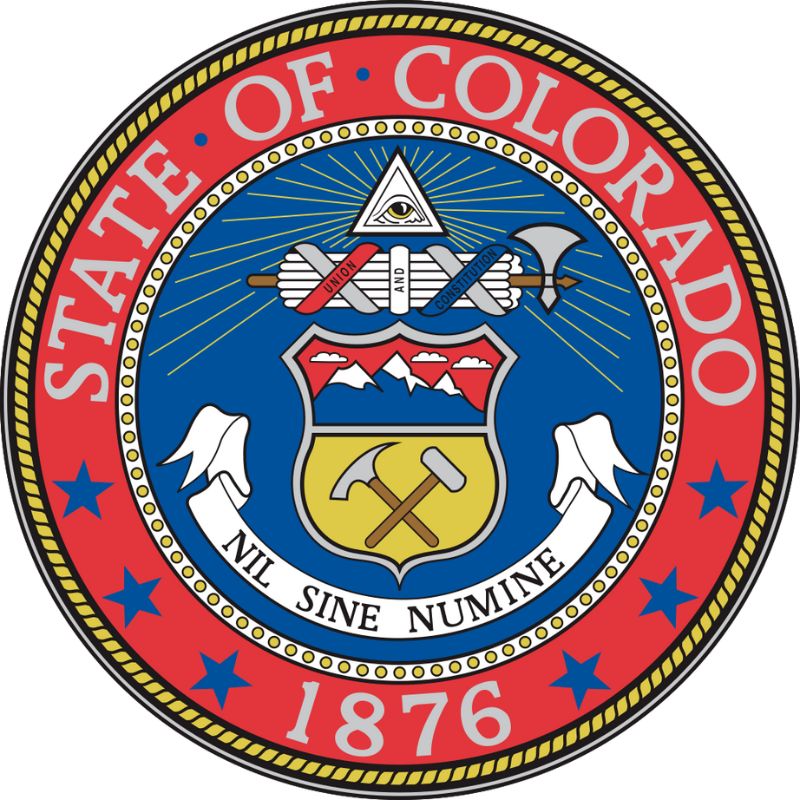
--- State Trivia #1 ---
History of Colorado
Colorado's history dates back to the 1500s when Spanish explorers first set foot in the territory. Juan de Ulibarri claimed the land for Spain in 1706. The United States acquired different parts of Colorado through various historical events: the eastern portion came with the Louisiana Purchase in 1803, the central area was obtained in 1845 upon the admission of Texas as a state, and the western region became part of Colorado in 1848 following the Mexican War.
Renowned for its elevated terrain, Colorado boasts the highest mean elevation of any state. It is adorned with over 1,000 Rocky Mountain peaks exceeding 10,000 feet, and an impressive 54 mountains soar above 14,000 feet. One of the most famous peaks, Pikes Peak, was discovered by U.S. Army lieutenant Zebulon M. Pike in 1806.
While Colorado's early economy revolved around mining and agriculture, the state has now transitioned into a service-based economy, with a strong presence in medical services, business, and professional services. Manufacturing also plays a significant role, with food products, printing and publishing, machinery, and electrical instruments being the primary sectors. Furthermore, Colorado serves as a vital communication and transportation hub for the Rocky Mountain region.
Agriculture, particularly livestock farming, remains an important sector in Colorado's economy. The state's main crops include corn, hay, and wheat.
Colorado's breathtaking landscapes and world-class skiing attract a considerable number of tourists each year. Rocky Mountain National Park, Curecanti National Recreation Area, Mesa Verde National Park, the Great Sand Dunes and Dinosaur National Monuments, Colorado National Monument, and the Black Canyon of the Gunnison National Monument are among the state's top tourist attractions.
State Symbols
Fun Facts
- Colorado has the highest average elevation of any U.S. state. Its capital, Denver, is nicknamed the “Mile-High City” because it sits at 5,280 feet above sea level—exactly one mile.
- During World War II, a special unit of the army trained in Colorado to prepare for combat in high, snowy altitudes. Many of these soldiers later returned and founded famous ski resorts like Aspen and Vail.
- The Continental Divide, a natural boundary that separates North America’s river systems, is in Colorado. Water that falls west of the divide flows to the Pacific Ocean; water that falls to the east heads to the Atlantic Ocean.
- William “Buffalo Bill” Cody, who starred in cowboy-themed shows around the world, was buried on Colorado’s Lookout Mountain in 1917.
--- State Trivia #2 ---

Things To Do in Colorado
- Explore Rocky Mountain National Park: Immerse yourself in the stunning beauty of the Rocky Mountains. Hike along scenic trails, spot wildlife, and marvel at majestic peaks and pristine alpine lakes. Don't miss the iconic Trail Ridge Road, offering breathtaking panoramic views.
- Visit Mesa Verde National Park: Step back in time and discover the ancient cliff dwellings of Mesa Verde. Explore the well-preserved archaeological sites, learn about the fascinating history of the ancestral Pueblo people, and admire the remarkable cliffside architecture.
- Experience the Garden of the Gods: Located in Colorado Springs, this natural wonder is known for its towering sandstone rock formations. Enjoy hiking, rock climbing, or simply take a leisurely stroll to soak in the awe-inspiring landscape. Don't forget your camera!
- Ski or snowboard in Aspen: Colorado is renowned for its world-class ski resorts, and Aspen is a winter paradise. Hit the slopes on powdery trails, enjoy après-ski activities, and revel in the charming atmosphere of this iconic mountain town.
- Explore Denver's cultural scene: Discover the vibrant arts and cultural offerings in the capital city of Colorado. Visit the Denver Art Museum, catch a show at the Denver Center for the Performing Arts, explore the hip neighborhoods like RiNo (River North), and savor the diverse culinary delights in the city's eclectic food scene.
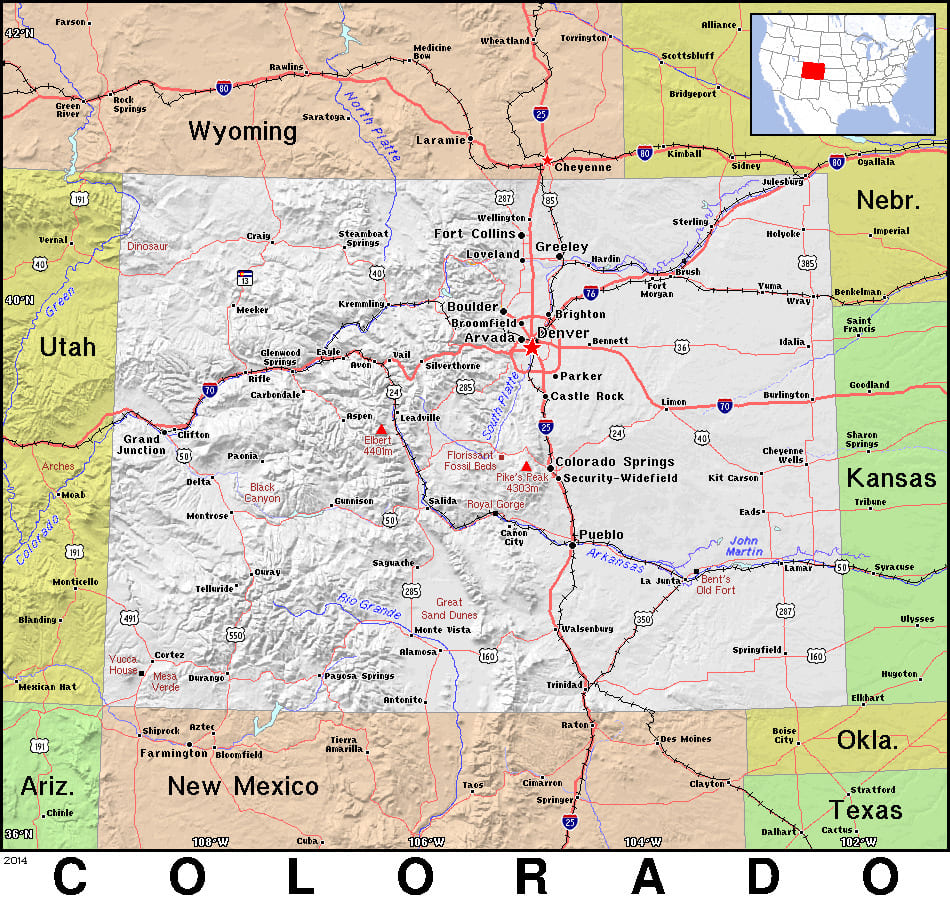
General Map of Colorado
Colorado, known as "The Centennial State," is located in the heart of the Rocky Mountains in the western United States. It offers a captivating array of experiences and adventures that cater to all types of travelers. From breathtaking natural landscapes to outdoor recreational opportunities and vibrant urban areas, Colorado has something to suit every interest and passion.
Famous People From Colorado
--- State Trivia #3 ---
FREQUENTLY ASKED QUESTIONS (FAQ) ABOUT COLORADO
The name "Colorado" is derived from the Spanish language, meaning "colored red." It was given by Spanish explorers because of the Colorado River's red silt. The state was officially named Colorado in 1861 when it became a U.S. territory.
Colorado was admitted to the Union as the 38th state on August 1, 1876. It is known as the "Centennial State" because its admission coincided with the 100th anniversary of the Declaration of Independence.
The construction of railroads in the late 19th century facilitated transportation, trade, and migration to Colorado. It connected the state to major cities and markets, accelerating economic growth and urban development.
Colorado is known as the "Centennial State" because it was admitted to the Union on August 1, 1876, exactly 100 years after the signing of the Declaration of Independence.
Related Resources
- Official Website of the State of Colorado: The official website provides information about the state government, services, business resources, tourism, and more. Visit: https://www.colorado.gov/
- Colorado Tourism Office: Explore Colorado's attractions, outdoor activities, events, scenic drives, and plan your trip. Visit: https://www.colorado.com/
- History Colorado: Discover Colorado's rich history, cultural heritage, and explore their museums, exhibits, and educational programs. Visit: https://www.historycolorado.org/
- Colorado Parks and Wildlife: Learn about Colorado's diverse natural resources, state parks, outdoor recreation opportunities, fishing, hunting, and conservation initiatives. Visit: https://cpw.state.co.us/
- Colorado Historic Preservation Office: Explore Colorado's historic sites, preservation efforts, grants, educational resources, and heritage tourism. Visit: https://www.historycolorado.org/historic-preservation
- Colorado Music Hall of Fame: Learn about Colorado's vibrant music scene, legendary musicians, and their contributions to the music industry. Visit: https://cmhof.org/
- Colorado Trail Explorer (COTREX): Discover Colorado's trails for hiking, biking, and outdoor adventures using this comprehensive trail database. Visit: https://trails.colorado.gov/
- Rocky Mountain National Park: Explore one of Colorado's iconic national parks, known for its stunning mountain landscapes, hiking trails, and wildlife. Visit: https://www.nps.gov/romo/index.htm

